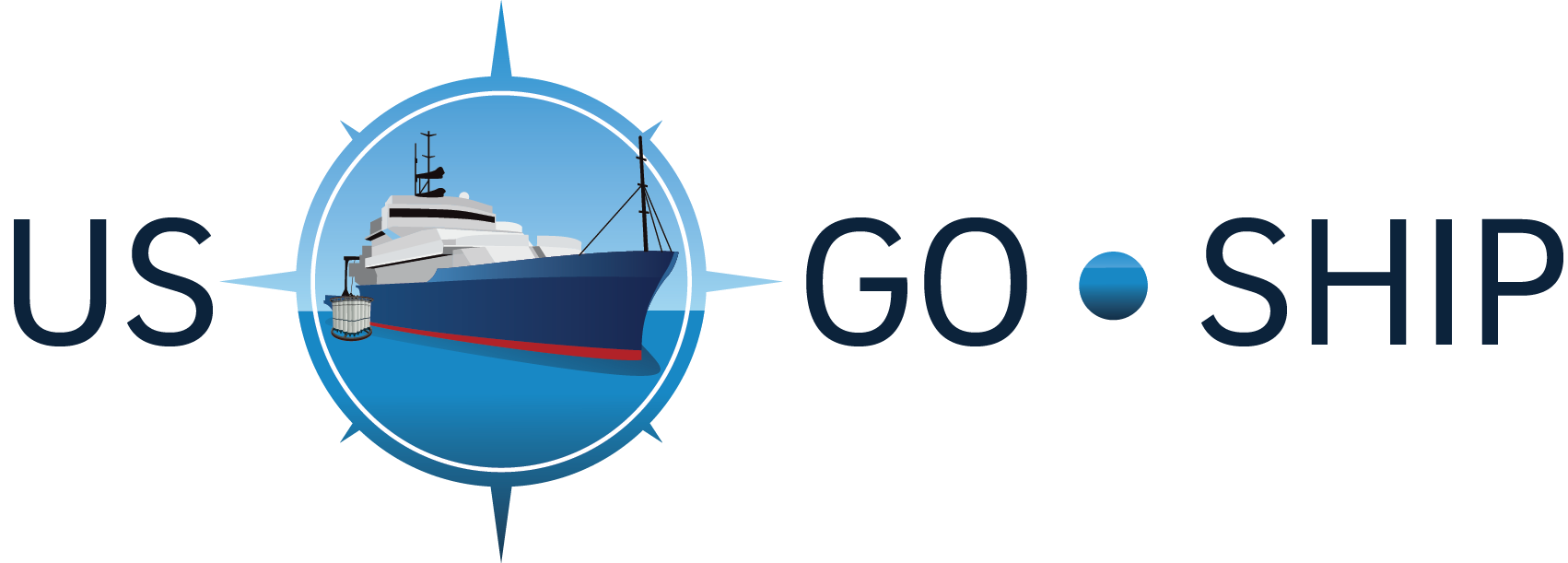The early release data policy applies to all measurements in the core program for repeat hydrography, including both Levels 1 and 2 (see core measurements).
Daily during cruise:
- Reduced temperature, salinity, depth data sets via GTS as TESAC messages
- Meteorological observations
Within 5 weeks of the cruise, released to the relevant data management structure:
- Preliminary CTD (pressure, temperature, salinity, oxygen if measured)
- A merged bottle data file including preliminary discrete salinity, oxygen, nutrients (and carbon system components)
- Preliminary CFC-11, CFC-12, CFC-113, SF6
- Underway data, including continuous (1-minute) navigation, bathymetry,
- shipboard meteorological measurements, temperature, salinity, pCO2 (if measured).
- Shipboard ADCP data
Within 6 months of the cruise, presuming the 5-week release of CTD and discrete salinity data:
- Final salinity, oxygen, nutrients, CFC, CTD data
- Final underway data
- Final shipboard ADCP data
- Final carbon system parameters (Total CO2 and Total Alkalinity required; pH, pCO2 if measured)
- CDOM if measured
- Lowered ADCP (if measured)
- Any other Level 2 measurements
Within 6 months of shore-based analysis:
- Tritium/helium
- 14C and 13C
- DON if measured
Within 2 years of analysis (required NSF data release schedule):
- Any other (Level 3) observations. Those based on discrete bottle samples should be submitted to the hydrographic data management structure and merged with the other bottle data.
- Underway data should be submitted to the underway data management structure to be merged with the Level 1 and 2 underway data.
- Other discrete sampling programs that are likely to be carried out on many of the cruises, such as transmissometry and optics, should be submitted to the relevant data management groups (examples are a JGOFS SMP project for global transmissometry, and the NASA DAC for optics).

